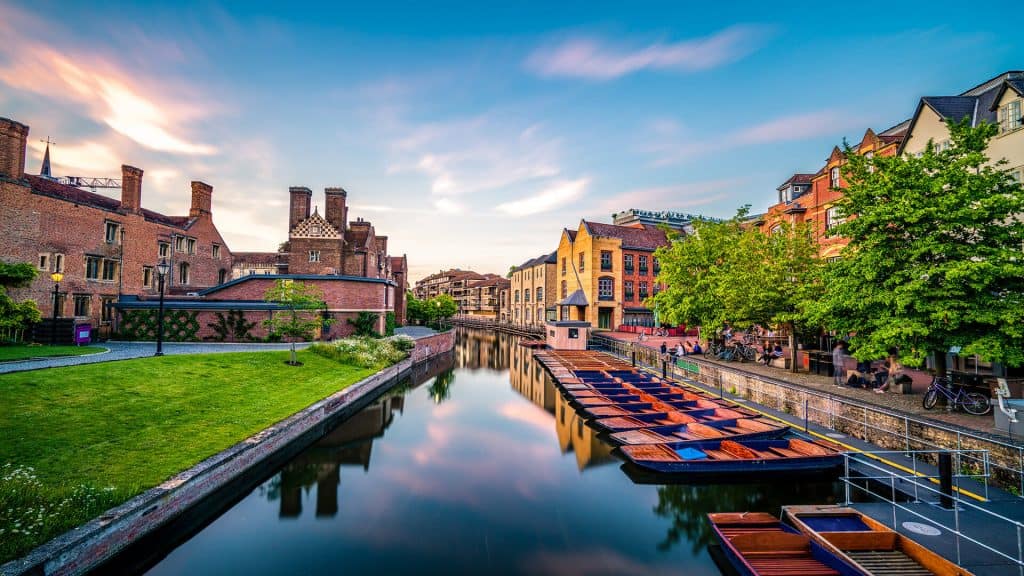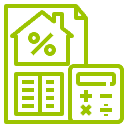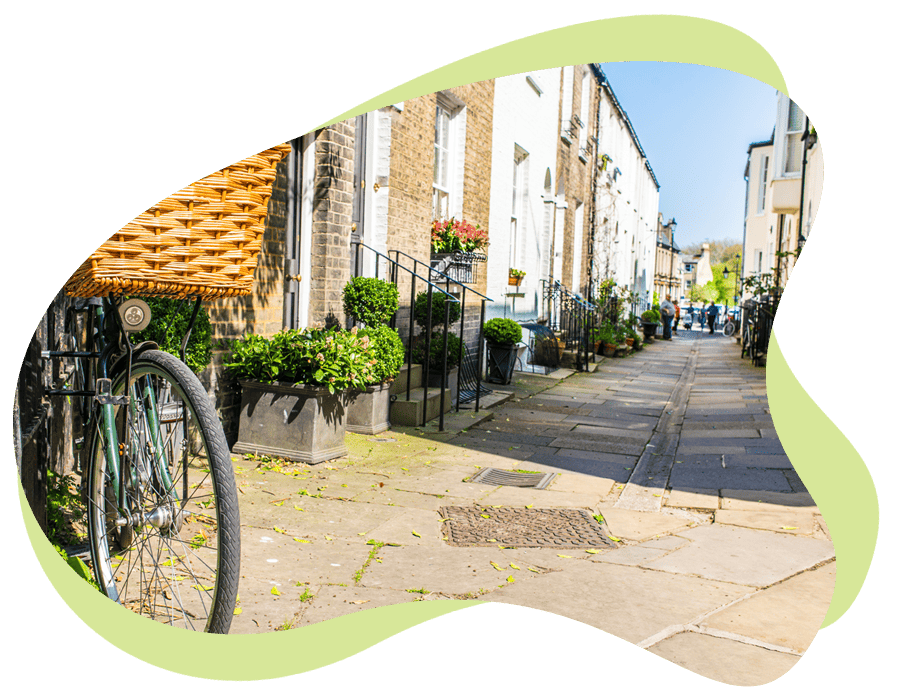In his Autumn Statement last week George Osborne scrapped the old stamp duty system, no doubt bringing financial relief to many house buyers struggling to get on the ladder.
The changes kicked in on December 4th, abolishing the former single slab rate system. It applies to anyone who’s yet to buy, including people who might have exchanged but yet to complete.
Buyers only pay the rate of tax on the part of the property price in each tax band. Previously they had to pay tax at a single rate for the whole property price.
Properties under £125,000 are now stamp duty free. If you buy a property over this amount, you pay no stamp duty for the first £125,000. Like income tax.
Let’s say you’re buying a home for £185,000. Instead of paying 1% on the whole price (£1,850), as per the old system, you now pay 2% on the remaining £60,000, which is £1,200.
The reforms will make a difference for everyone buying a home for under £937,500. But if you’ve got your eye on a place over £1m, you won’t benefit.
Here’s a look at the new rates from HM Treasury:
To figure out how much stamp duty you now need to pay, use this calculator, talk to your solicitor or give us a ring.
And if you’ve already put some extra cash aside, what are you going to do with it? Get that 5 burner gas barbeque for summer ‘15? Or wisely put it back into the property or lock it away in an ISA? Decisions, decisions…









